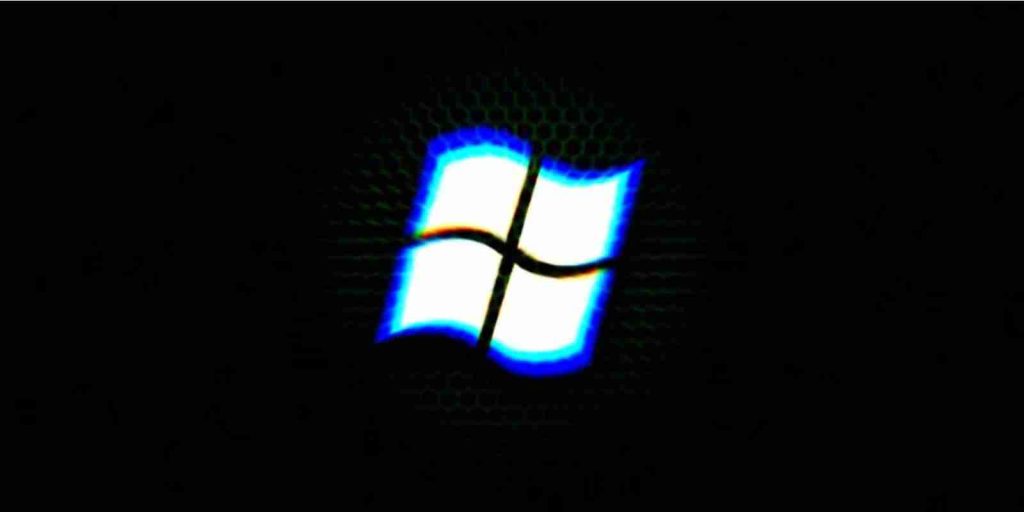
Microsoft says it no longer offers drivers for Windows 7 and Windows Server 2008 systems through Windows Update starting today.
The move comes after the expiration of the SHA-1 Trusted Root Certificate Authority for Windows 7 and Windows Server 2008 on May 9, 2021.
Despite SHA-1 certificates’ discontinuation, partners using Microsoft’s Trusted Root Program could still publish incompatible SHA-2 signed drivers to unpatched Windows 7 and Windows Server systems causing degraded functionality or preventing devices from booting.
Systems experience these issues because of code integrity failures triggered by incompatible SHA-2 signed drivers.
The change was made to minimize the impact of these issues and the disruptions customers using these Windows versions are experiencing.
“On June 17, 2021, Microsoft will discontinue the publication of drivers to Windows Update for Windows 7 SP1, Windows Server 2008, and Windows Server 2008 R2,” said Naim Mohammad, Technical Program Manager at Microsoft.
Also Read: 4 Best Practices On How To Use SkillsFuture Credit
However, signed drivers will still be provided for Volume Licensing customers in an Extended Security Update (ESU) program to ensure optimal driver reliability.
“If your organization utilizes the Extended Security Updates (ESU) program, you will continue to have the ability to deploy drivers to your managed devices using Windows Server Update Services (WSUS_ and other supported methods,” Mohammad added.
Submissions for Windows 7 and Windows Server drivers for the Windows Hardware Compatibility Program (WHCP) will still be available until January 2023.
Starting today, Microsoft partners are required to go through the following steps the process below to sign drivers for Windows 7, Windows Server 2008, and Windows Server 2008 R2 through the Partner Center for Windows Hardware:
“To test and certify hardware devices for Windows, we recommend that you utilize the Windows Hardware Certification Kit (Windows HCK) and follow the updated driver signing process for Windows 7, Windows Server 2008 and Windows Server 2008 R2 when submitting driver package for signing via the Partner Center for Windows Hardware,” Mohammad said.
Also Read: 3 Reasons Why You Must Take A PDPA Singapore Course
Microsoft removed all Windows downloads signed with SHA-1 certificates from the Microsoft Download Center on August 3rd, 2020.
Because of SHA-1 certificate issues, Microsoft required customers running legacy OS versions to add SHA-2 code signing support to their devices to install Windows updates released on or after July 2019.
Role of Enhanced Access Controls in Safeguarding Personal Data in Telecommunications that every Organisation in…
Effective Incident Response Procedures in Strengthening Data Security that every Organisation in Singapore should know…
Crucial Role of Regular Vulnerability Scanning that every Organisation in Singapore should know. Strengthening Your…
Enhancing Data Security with Multi-Factor Authentication that every Organisation in Singapore should know. Enhancing Data…
Strong Password Policy as a first line of defense against data breaches for Organisations in…
Importance of Efficient Access Controls that every Organisation in Singapore should take note of. Enhancing…
This website uses cookies.